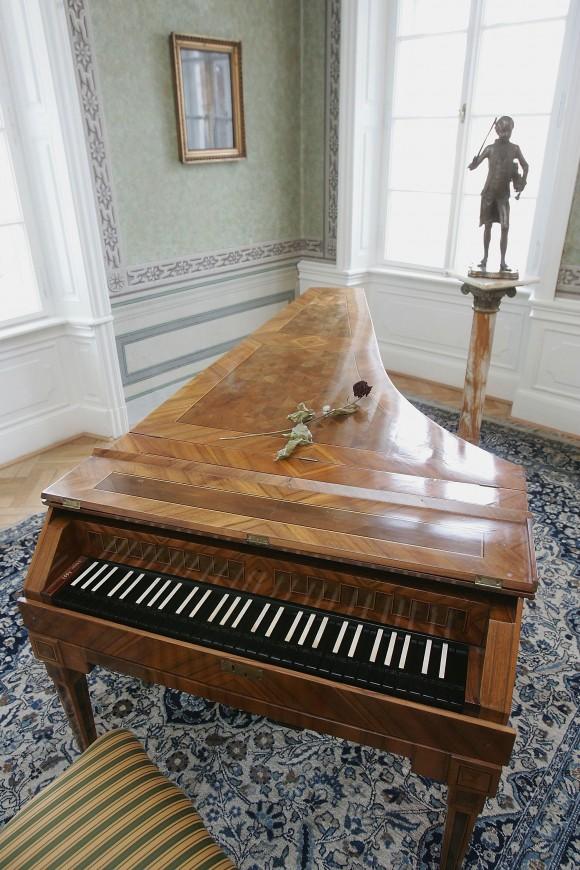The practice of music therapy in the modern Western world may well have begun during the age of Enlightenment, when medical practitioners, philosophers, and artists revived the ancient Greek ideas of the curative powers of music and firmly believed in the power of music to affect emotions, and thus our physiological states of being.
Richard Brocklesby, an 18th-century English physician, notably wrote how “the most violent passions of the mind produce the most apparent alterations on the body”; ailments of the mind were caused by an excess of grief, fear, anger, or even joy, but could be allayed by music.
“This is a time period when people really actively thought that music could move not just your emotions, but could change you physiologically and maybe even morally, and there were all these things written to that effect,” said baroque music specialist and harpsichordist Jocelyn Stewart. And thus, composers at the time “really made an effort to write music that would speak very directly from the heart.”
Stewart, like most harpsichordists, happened upon the instrument as a piano student. What really captivated her once she ventured into harpsichord studies was the “very personal and emotional qualities of the music,” she said. How, through the sensitive keyboard instrument and unique repertoire, she could create entire worlds through music and be as free as she liked.
Playing the Harpsichord
The harpsichord is an intimate keyboard instrument in a physical sense in that it has more fingertip control—more of a sense of connection—than a piano, though players have less control on a harpsichord over the sound once the key is hit. It also differs in that the strings are not hit but plucked. In that regard, it can sound more like a lute or guitar, Stewart said. It bears another similarity to stringed instruments in that players have to tune it every time they play—with the difference being that it has over a hundred strings.
Each harpsichord is a little different in its construction—there are different numbers of keys or even keyboards, different placements for the knobs, different sizes of the instrument—and players tend to be well acquainted with the instrument’s maker and understand the mechanics themselves.







